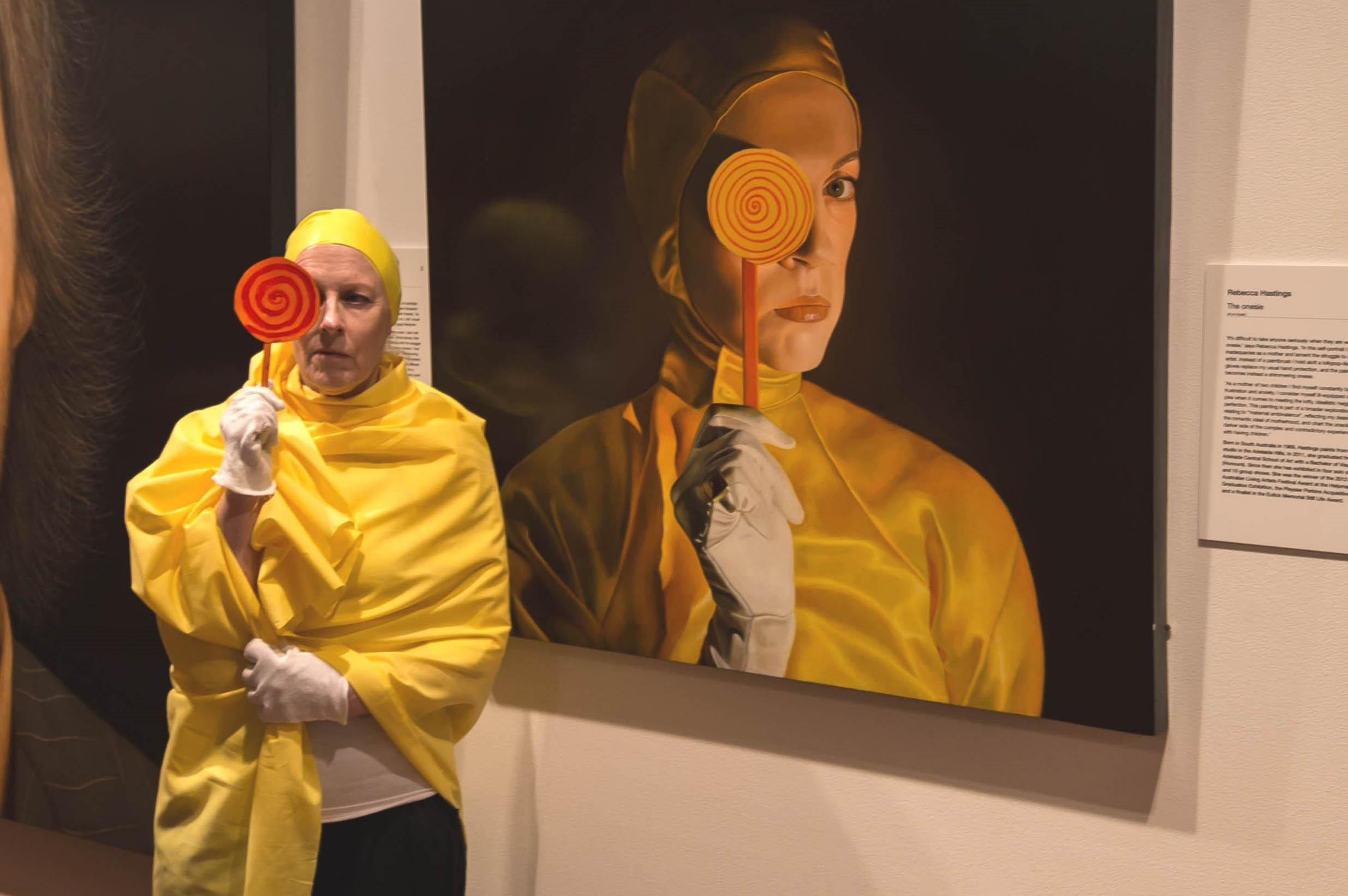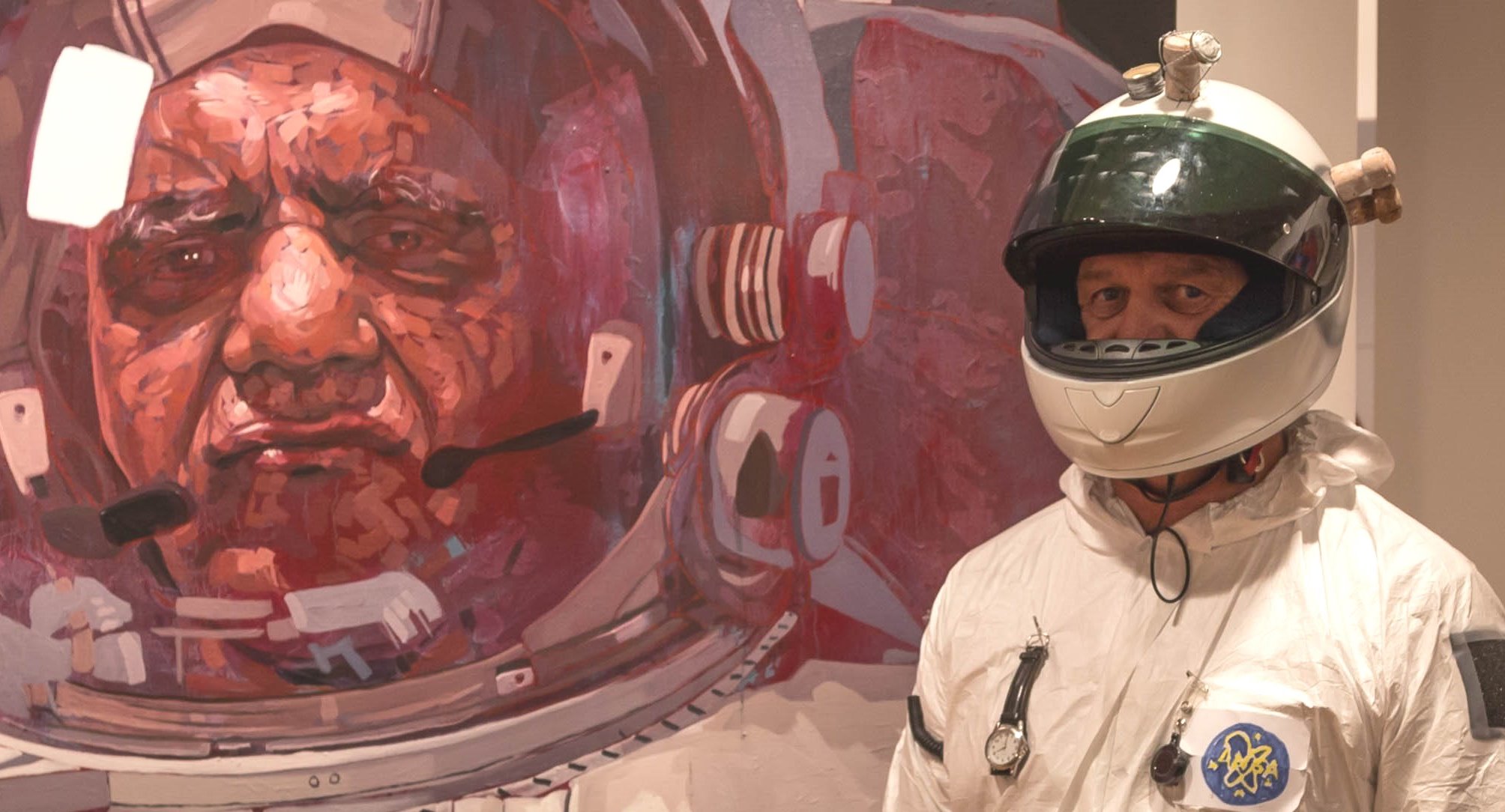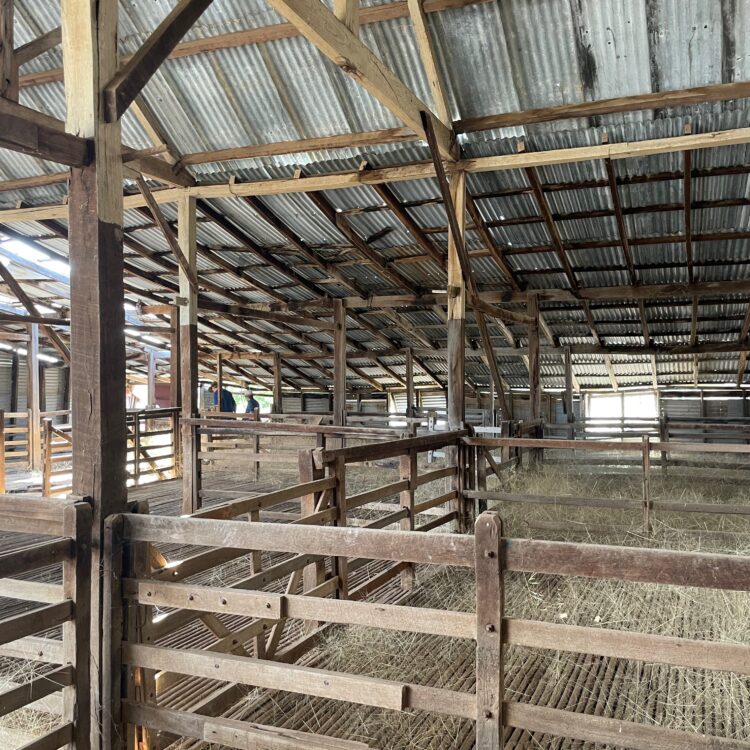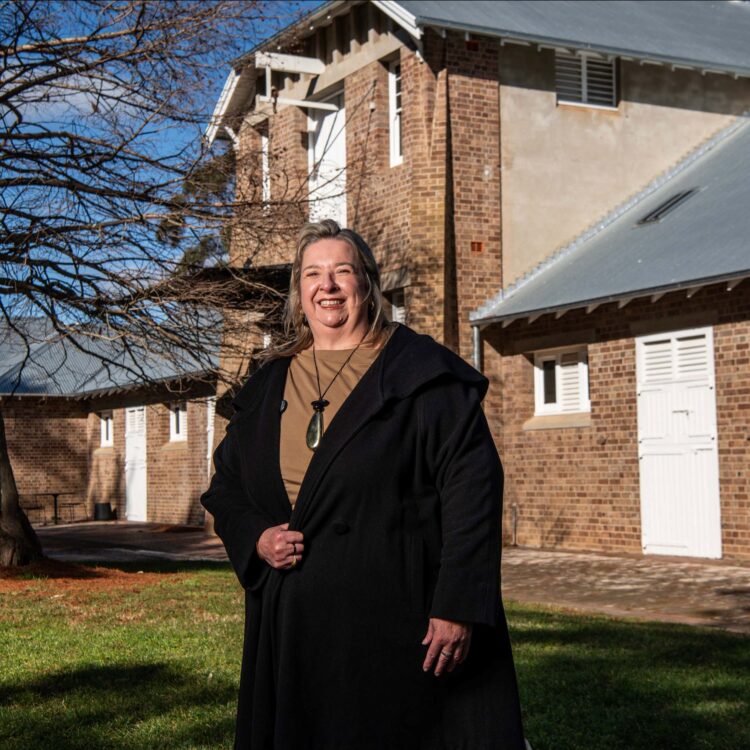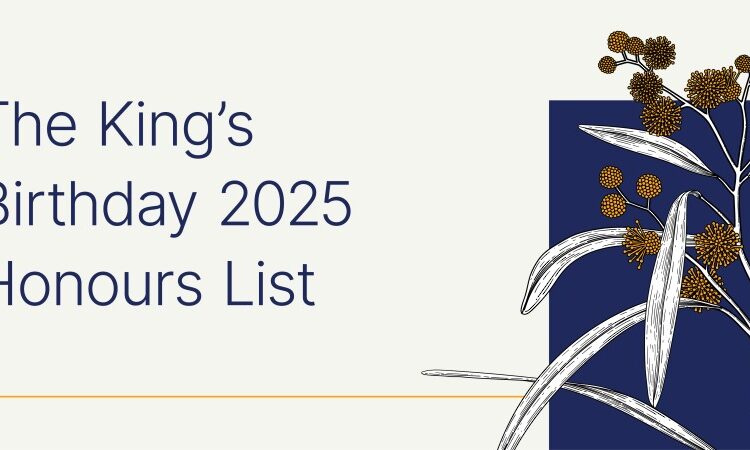The Archibald Prize has arrived at the Coffs Harbour Regional Gallery and audiences are elated!
The show is a feast of Australian cultural life with portraits of sporting champions, artists, actors and politicians making it the ideal venue to take your brain’s fabulous fusiform gyrus for a spin. Why? Because the fusiform gyrus helps bestow upon you the gift of face recognition – pretty important at a portrait exhibition.
It also speaks to your amazing amygdala who assists arousal of emotional response to faces – A big help in conceiving the poignant beauty of Fiona Lowry’s winning portrait of architect Penelope Seidler. Low contrast and blurry images particularly excite amygdalae which is interesting because this is how Lowry’s painting has been rendered, making her work a superb example of how artists can use deliberate methods to recruit brain processes that help convey evocative meanings.
If you are fortunate enough to look at Lowry’s portrait in person, take note of the painting’s size and the areas that are less blurred and observe in yourself what that tells you about the ‘presence’ of the subject. Hint: The technique is the opposite of what Leonardo did in the Mona Lisa.
Another artist technique that you can look out for is caricature. The quintessential example of this is the playful portrait of Sir Les Patterson by Tim Storrier which won the Packer’s Prize. You may recall hearing of the furore over William Dobell’s 1944 winning entry, a portrait of Joshua Smith. Dobell pushed the limits of caricature to the point it was disputed to be a portrait at all; but it was arguably artistic genius on his part. When we look at faces where the most salient features have been slightly exaggerated we tend to perceive that image to be MORE like the person than an accurate depiction. Look closely and you will see this all through the exhibition, most especially in Storrier’s caricature of a caricature.
Babyish faces also work their magic on perception. Even adults who have babyish looking faces are generally deemed more attractive than those without. With this in mind, it is hardly surprising that the People’s Choice award winner went to a painting of the wide-eyed, cherubic four year old, Luca, son of the artist Vincent Fantauzzo.
A prestigious exhibition like this in a regional area is an opportunity to be revelled in. The show is worthy of repeat visits and each visit can bring new insights into how creative and savvy artists can be at tapping into neural codes that capture our attention.
So make a day of it! Start at the Regional Gallery for the Archibald Prize; make your way two blocks over to the Coffs Harbour Regional Museum; then head two minutes down the road for a sumptuous lunch from any one of the many eateries on the Jetty Strip; and complete a perfect day with a meander around the Botanical Gardens, soaking up the winter sun.
The Archibald Prize 2014 is on at Coffs Harbour Regional Gallery until 30 May 2015.
Where: Coffs Harbour Regional Gallery.
Open: Tues- Sat 10am – 4pm. *Free Guided Floor talks Tues- Sat, 11a.m.
Location: Cnr Coff & Duke Streets, Coffs Harbour.
For more visit: www.coffsharbour.nsw.gov.au
Or find out more about the Archibald Prize 2014 Regional Tour.

